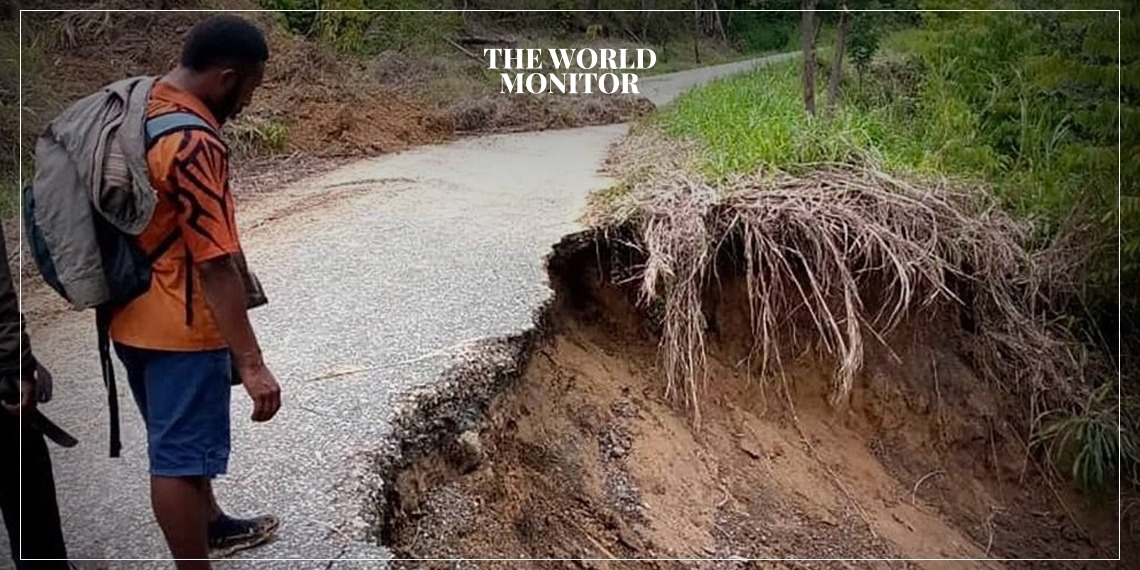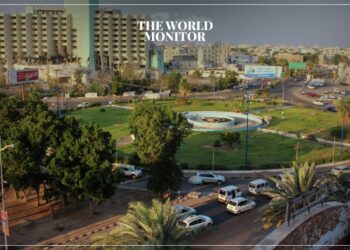At least 23 people have lost their lives in devastating floods and heavy rains in the highlands of Papua New Guinea.
Homes have been damaged, and roads washed away, while a cyclone has trapped hundreds of residents in the far north of Australia.
Meanwhile, the province of Mosul and the city of Dohuk in the Kurdistan region of Iraq, which has been experiencing heavy rainfall for days, witnessed catastrophic floods, resulting in the loss of two lives and extensive property damage, according to local media reports.
The United Nations also warned yesterday that there is a “high likelihood” that 2024 will see unprecedented temperatures, following the conclusion of last year, which was the hottest on record, pushing the planet “to the brink of disaster.”
Lucy Mann, an official at the National Disaster Management Center in Papua New Guinea, stated that a woman and a child were among the casualties of the severe weather that hit several areas.
Mann confirmed that the victims “23 were buried under tons of mud in three landslides in different areas of the Simbu province.”
She added, “We are still witnessing heavy rainfall, landslides, and river flooding causing severe damage to the highlands.” The province consists of six districts and has a population of about 376,000.
Coastal areas also suffered damage as tidal waves swept through coastal fronts, inundating villages along the shore. On the other hand, about 700 people were cut off in the far north of Australia yesterday following a cyclone that hit their remote area, isolating them from the rest of the country.
Emergency Services Minister Murray Watt said, “The bad weather is hampering evacuation operations, but we expect a new deployment (of teams).”
The tropical cyclone Megan was downgraded to a tropical low with the weakening of winds, but heavy rains continue to fall as the storm moves inland.
In a separate context, the UN announced yesterday that the past decade was the hottest on record, resulting in hazardous climate impacts such as glacier melt, unprecedented ocean temperatures in 2023.
A report released by the United Nations World Meteorological Organization showed record-breaking levels of greenhouse gases, surface temperatures, heat content rates, ocean acidification, sea-level rise, Antarctic ice shelf extent, and glacier retreat.






